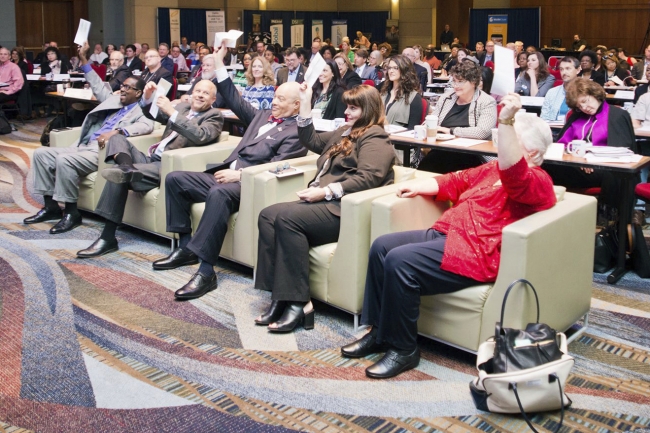
6 Reasons To Pay Board Members
April 7, 2019[PODCAST] Growing Good with Graham Pansing Brooks
April 12, 2019Legacy Gifts: What They Are and How to Get Them
Fundraising is quite the beast. It’s a sprawling, various, intricate process, and there are areas of it that nonprofits, especially new ones, tend to avoid. One of these areas is legacy giving, a type of donor-based fundraising that scares a lot of organizations, causing them to neglect it altogether. But it’s not that scary—at least it doesn’t have to be. Let’s go through the basics so you can decide if legacy giving might be the secret ingredient to your fundraising strategy.
What is legacy giving?
Legacy giving, sometimes generally referred to as “planned giving,” is a donation made by an individual through a will or other formal designation. Legacy gifts are typically prepared with a financial planner and are meant to reflect the values and desires of the donor. As the name suggests, most donors want to leave a legacy or memory of their life through their posthumous giving.
In most cases, a legacy gift is made upon someone’s death, but not always. Legacy giving can take a number of forms, including recurring donations that begin while the donor is alive and continue after they’re deceased. And legacy gifts don’t have to be monetary, either. They can include material goods, property, stocks—anything that’s of value to the beneficiary.
How to solicit legacy gifts
Most nonprofits don’t receive legacy gifts because their donors don’t know that it’s an option. Make your donors aware with a letter, an email or a landing page on your website. You should also educate your donors on what a legacy gift is and how they might go about setting one up with their financial planner.
Donors likely won’t leave a significant gift if they don’t have a strong personal connection to the cause, so make sure you know your audience. You don’t want to ask a one-time donor or volunteer to leave a legacy gift upon their passing.
What’s perhaps more crucial than educating your donors about how to leave a legacy gift is why they’re important to your organization. Just like any other form of fundraising, if a donor doesn’t see a need to be filled, they probably won’t donate. Explain to your donors the impact a legacy gift would have on your organization and the people you help.
Cut the jargon
Another major barrier to legacy giving is the financial jargon that goes along with it. Bequest? Residuary? Annuities? What? These terms are important for donors to know, but it’s not your job to educate them on their options. Leave that for their wealth manager. Instead, use concise, emphatic language to explain the benefits of legacy gifts for your organization. You don’t want to scare them off before they understand your need.
The post Legacy Gifts: What They Are and How to Get Them appeared first on Nonprofit Hub.
